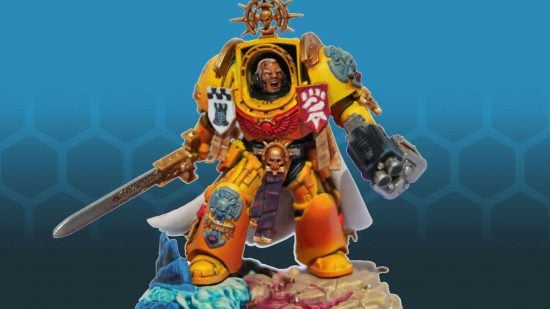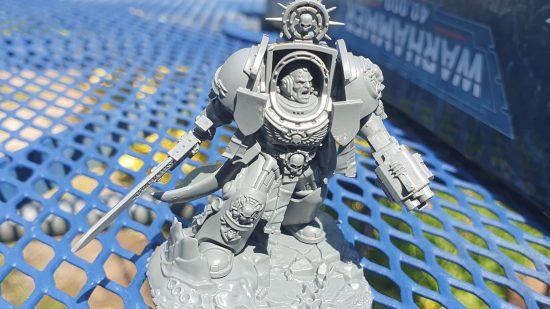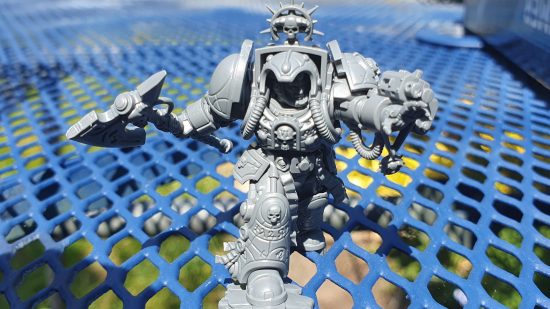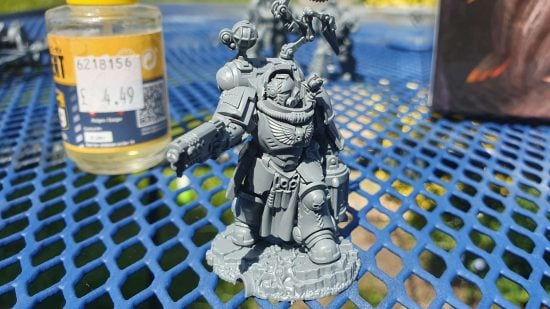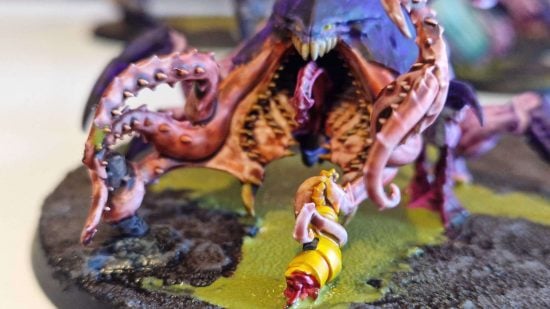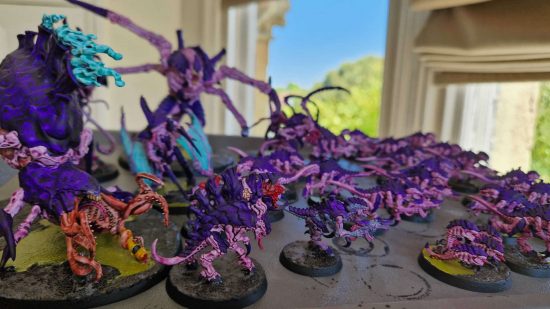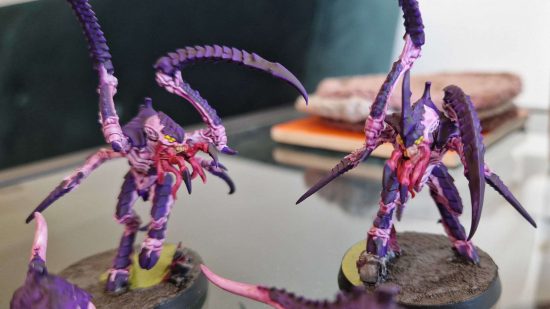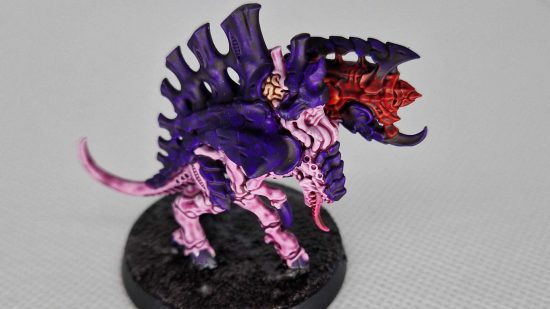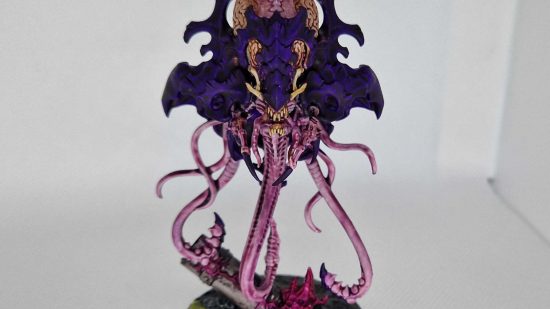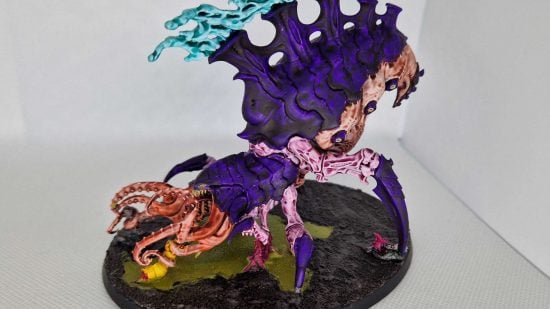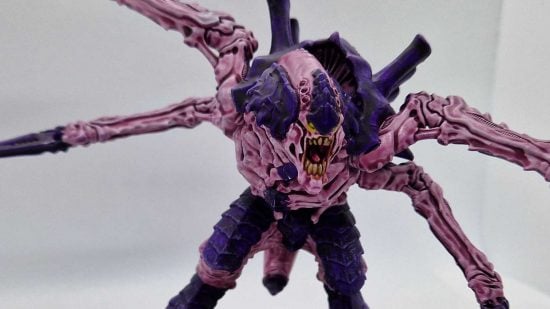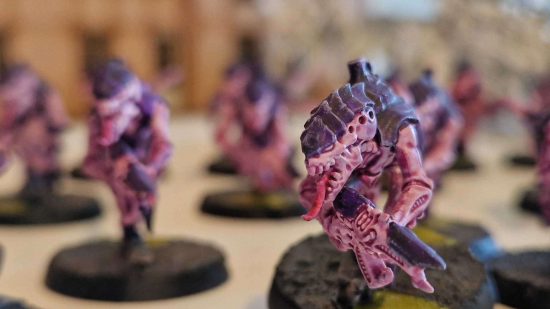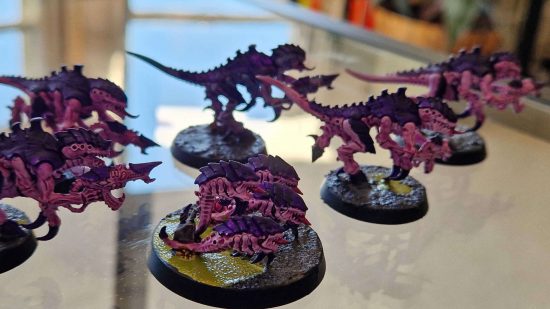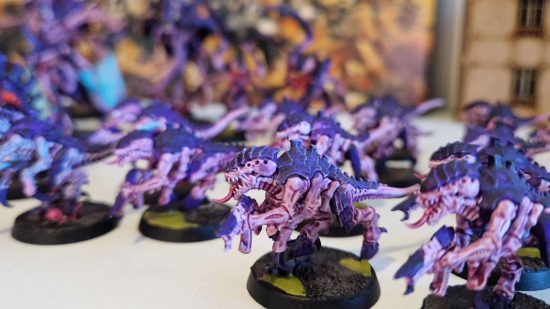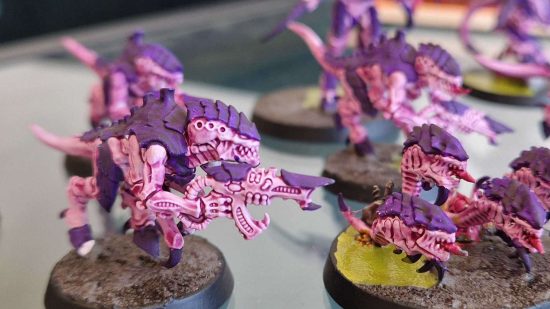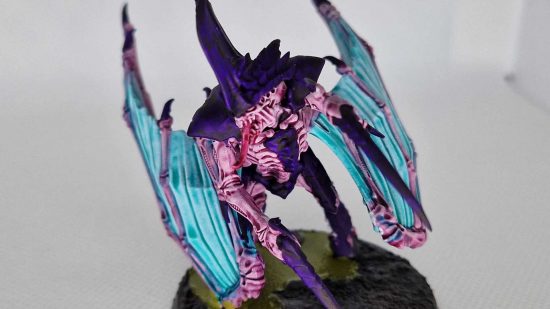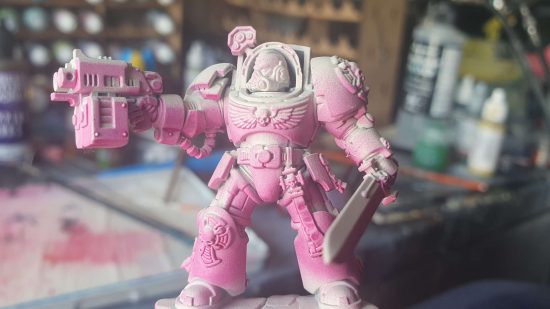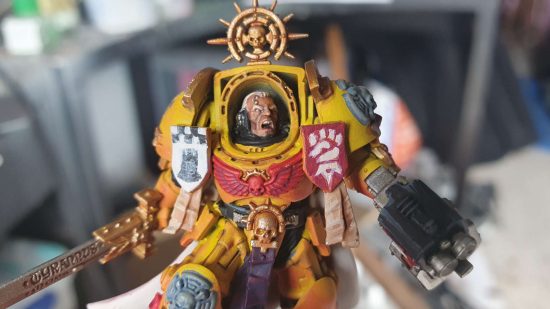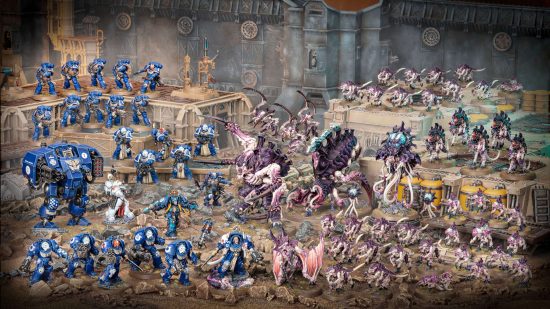Both I and Wargamer’s editor Alex were fortunate enough to receive early review copies of the Warhammer 40k 10th edition Leviathan box set. I won’t bury the lede – once again, Games Workshop has launched a new edition of 40k with the best box set it has ever produced.
This review is only looking at Leviathan as a physical product. Until full army lists for all the Warhammer 40k factions are available, the core rules alone aren’t enough to tell whether the edition will be a triumph or a stinker. Everything I’ve read suggests this is going to be a good edition of Warhammer 40k, but that’s a hunch, not a considered judgment. You can download the new rules for yourself from the Games Workshop website if you want to decide for yourself.
The box set comes with a hardback rule book, comprising the core rules for Warhammer 40k 10th edition and a narrative campaign focused on the early stages of the fourth major war between the Imperium of Man and the Tyranids. It’s a well organised, well-illustrated volume, and whether the rules are good or not they’re at least written in straight-forward English. Cards for the new mission format are a welcome inclusion.
The models are the main event here, and what an event. The box set crams in 25 Space Marines and 47 Tyranids. As has become standard for Warhammer 40k starter sets and launch boxes, these models are single pose plastics that can be assembled without glue.
This type of model has a reputation for being fiddly, with stiff connections, awkward angles for connecting pieces, and a tendency to break. I’ve had that problem with the delicate models used in Warhammer Underworlds, but these kits gave me no trouble. The ability to disassemble minis mid-painting even came in handy for getting at the breastplate aquilas on the Space Marine Sternguard veterans.
Alex started with the Tyranid half of Leviathan while I decided to try my hand at the Space Marines. Neither of us is finished with our painting project. Talking about our different experiences building and painting the miniatures in Leviathan, we realised that the minis in the box had spurred us both to act in ways that were totally out of character.
I can paint passably, but as a rule I aim for a tabletop standard, and worse if I can get away with it. My Death Guard painting technique has a lot in common with Jackson Pollock and relies on extensive weathering to hide my sins. I paint so that the models are painted. Alex is the opposite: he wants the pleasure of painting a single model to perfection. Somehow, Leviathan has entirely rewired both of our brains.
At Alex’ end, he has been infected with the joy of painting hordes. He’s been adding biomorphs to his Tyranid brood by the handful, splattering them with contrast paint with abandon. As a range, the Tyranids have always been well suited to the contrast method, and the models in the Leviathan box have plenty to offer, from the crinkly brainfolds of the Neurotyrant to the ravenous maw of the Psychophage, and of course the joy of getting twenty Termagants battle ready in a single evening.
For my part, I got the box set later than Al’ and might have painted up the Space Marines with my usual, slap-dash, army painting style, had I not fallen in love with the Leviathan Terminator Captain. He’s now my favourite ever Space Marine model. Ignoring every corner-cutting instinct in my body, I decided to paint him as well as I possibly could, and then a little better.
I picked out a long list of painting techniques that I knew were just within my grasp if I only took my time. I even did test models. Starting from a white base coat I pre-shaded the nether regions of the model with thinned Familiar Pink Speedpaint through an airbrush, then airbrushed Bad Moon yellow contrast paint over the top, for a vibrant Imperial Fists colour scheme.
I fear painting red and white for the difficulty of getting a smooth coat and repairing mistakes, but both made their way into the paint scheme for the Terminator Captain. I painted his hair. I painted his eyebrows. I freehanded designs onto his little tilting plates.
He looks good. He looks so good that I’m now spending even more time getting the other marines from the box in line with his standard. This one little guy has me as giddy as I was as a ten year old, squashing my nose up against the window of the local Games Workshop to stare in at the rotating display of Dreadnoughts, Dragons, and monopose Space Marines.
Warhammer 40k Leviathan is stuffed with miniatures. They’re easy to build and among the best sculpts Games Workshop has ever made. The price point is still unknown, though we do know from a Warhammer Fest announcement that it will fall between Indomitus at $200 (£125) and Age of Darkness at $299 (£185). The estimates of $250 or £150 being bandied around online seem believable.
Assuming that price point, and judged purely as a bundle of minis and rules for 40k, without yet answering the question of whether those rules are any good, this is the best boxed set Games Workshop has ever made. You don’t need it at all to take part in the new edition, but if you have the cash (or a friend to split this with) and want at least one of the armies, you’re going to wait another three years before a box as good as this comes along.
